Tel Tamer’s hectic hospital belies northern Syria ceasefire
TEL TAMER, Syria – During a press conference with Turkey’s President Recep Tayyip Erdogan in the White House on Wednesday, U.S. President Donald Trump said that a supposed ceasefire to halt a Turkey-led incursion against Kurd-led forces in northern Syria was “holding very well.”
But just outside the front line town of Tel Tamer, Syrian rebels backed by Turkish airpower and artillery capture a new village nearly every day. The fighting is now only three kilometers away.
For aid groups and local militias affiliated with the Syrian Democratic Forces, circling Turkish drones threaten to obliterate any vehicle that ventures into the open fields outside the town to collect the dead and wounded.

Yet local volunteers continue to bring the war’s latest victims to Tel Tamer’s small hospital.
Most of the town’s population has fled, but doctors are working 24-hour shifts. People have been donating blood, but the hospital is badly undersupplied.
“We have a huge need for antibiotics, medical devices,” Dr. Muhammad Khalaf, an emergency room surgeon, told The Defense Post outside the hospital on Thursday, November 14. Overwhelmed, physicians are sending most of the wounded fighters to the nearby city of Hasakah while treating civilians here.
Nearly all international aid groups pulled out of northeast Syria in October following U.S. Defense Secretary Mark Esper’s announcement that all American troops would withdraw from the region.
That decision has since been partially reversed in order for U.S. troops to guard oilfields in Syria’s eastern Deir Ezzor province. But Turkish aircraft continue to use U.S.-controlled airspace over northeast Syria to bomb SDF forces.
Tel Tamer hospital staff told The Defense Post on Thursday that they have received 644 wounded and seen 170 dead – mostly civilians – since Washington ordered special forces to stand aside, precipitating Turkey’s incursion into SDF-controlled northeast Syria.

Above the hospital courtyard, two Apache helicopters of the U.S.-led Coalition against ISIS whirled as patients’ families craned their necks. “They could stop this in 20 minutes,” Ashraf, of the YPG media center said. “They do nothing.”
“We’re seeing types of burns that I’ve never seen before, not in 20 years of practice,” Dr. Khalaf said. “They’re using unnatural weapons.”
The SDF has accused Turkey of employing white phosphorous munitions in civilian areas near the border. Generally used to produce smoke on the battlefield, the weapons have powerful incendiary effects.
Dr. Khalaf is among those who fled his home. “I’m from Ras al-Ayn,” he said. “I came here when the bombardment started.”
“We’re seeing a lot of children,” he said, displaying a photo on his smartphone of a flesh-coated rectangular metal plate, roughly eight by four inches. “I took this out of a boy’s stomach yesterday evening. But he died.”
Apologies for the dodgy photo. Doctors pulled this piece of metal out of a man’s abdomen last night. He didn’t survive. One doctor said he’s never seen injuries and burns to the degree he’s seen since coming to Tel Tamer from Ras al-Ayn. pic.twitter.com/QH9V134Cs2
— Joanne Stocker جوآن (@joanne_stocker) November 14, 2019
“There is no ceasefire,” Aldar Xelil, senior TEV-DEM foreign affairs official told The Defense Post earlier this week. “The ceasefire is Trump’s game.”
The agreement has only solidified Turkey’s control over key border towns Ras al-Ayn and Tal Abyad. “Sometimes we wish we never agreed to it,” Xelil said.
To many in northeast Syria, the U.S. position is a betrayal of trust built over five years fighting ISIS together.
Turkish officials convinced the U.S. to press the YPG to dismantle their defenses along the border. The SDF complied, Xelil said, because “they told us Turkey will attack you if you don’t.”
But on October 9, NATO-member Turkey and its Syrian proxy forces launched the Operation Peace Spring incursion into Syria to push the SDF south.
The Syriac Military Council (MFS), a mostly-Christian militia, was called up by SDF General Command to defend the Khabur river area, home to dozens of villages with Christian families. The MFS and the Bethnahrin Women’s Protection Forces (HSNB), an all-female brigade, are supported by YPG in the area, and are struggling to hold villages outside of town.

Aram Hanna, a member of MFS General Command, told The Defense Post at an outpost on Thursday that he suspects that the October 17 U.S.-Turkey ceasefire agreement, which demands the withdrawal of hardened YPG commanders from the border to a depth 30 km, is another deception.
Hanna said his forces were communicating with Assyrian families in the town of Tal Taweel, just a few kilometers away across the see-sawing frontline. Around him, Syriac Military Council recruits in T-shirts and ragtag equipment hustled to prepare to move to the front to try and rescue two fighters who had gone missing in action the day before. Two others were captured, and seven killed.
People who have fled the Turkey-backed Syrian National Army have brought tales of looting and killings of civilians.
“The same exodus happened in 2015, when our people fled ISIS,” Akad Khabur, commander of the MFS forces in the area, told The Defense Post.
Hanna said training with U.S. special forces has helped. But now, they are on their own.
“We have no support,” he said. “This is our first campaign that the sky is against us.”
“We have AKs, PKMs and RPGs,” he said. “They are useless. We are better off without them.” The small arms, Hanna said, only attract missiles from drones.
“It’s like Baghuz, but the opposite. The Islamists control the air.”
The line on the battlefield between civilians and combatants has blurred as military councils with insufficient uniforms have mobilized and teams of Free Burma Rangers approach the front to extract the wounded under heavy fire.
“They don’t discriminate,” said Free Burma Rangers founder Dave Eubank, of Turkish air and drone strikes.
Formed in the late 1990s, the volunteer group delivers emergency medical assistance to sick and injured people in war zones, and is largely made up of former military personnel.
Prior to the ceasefire, Turkish drones struck six ambulances, and earlier this month week, one of the volunteers, Zhao Seng was killed. Eubank, who was just meters from Zhou when their position was struck, believes they were hit by a drone.
By nightfall, MFS members were rushing around their headquarters, preparing to move men to the front to retrieve the dead and wounded.
But an hour after sunset, Turkish drones were still circling, and the volunteers were unable to reach the front line to evacuate the dead and wounded.
“Our hands are tied,” Hanna said. “But we have nowhere else to go. We have to protect our people.”
“The sky is against us” – Syrian Christian fighters struggle to hold their lines in Tel Tamer

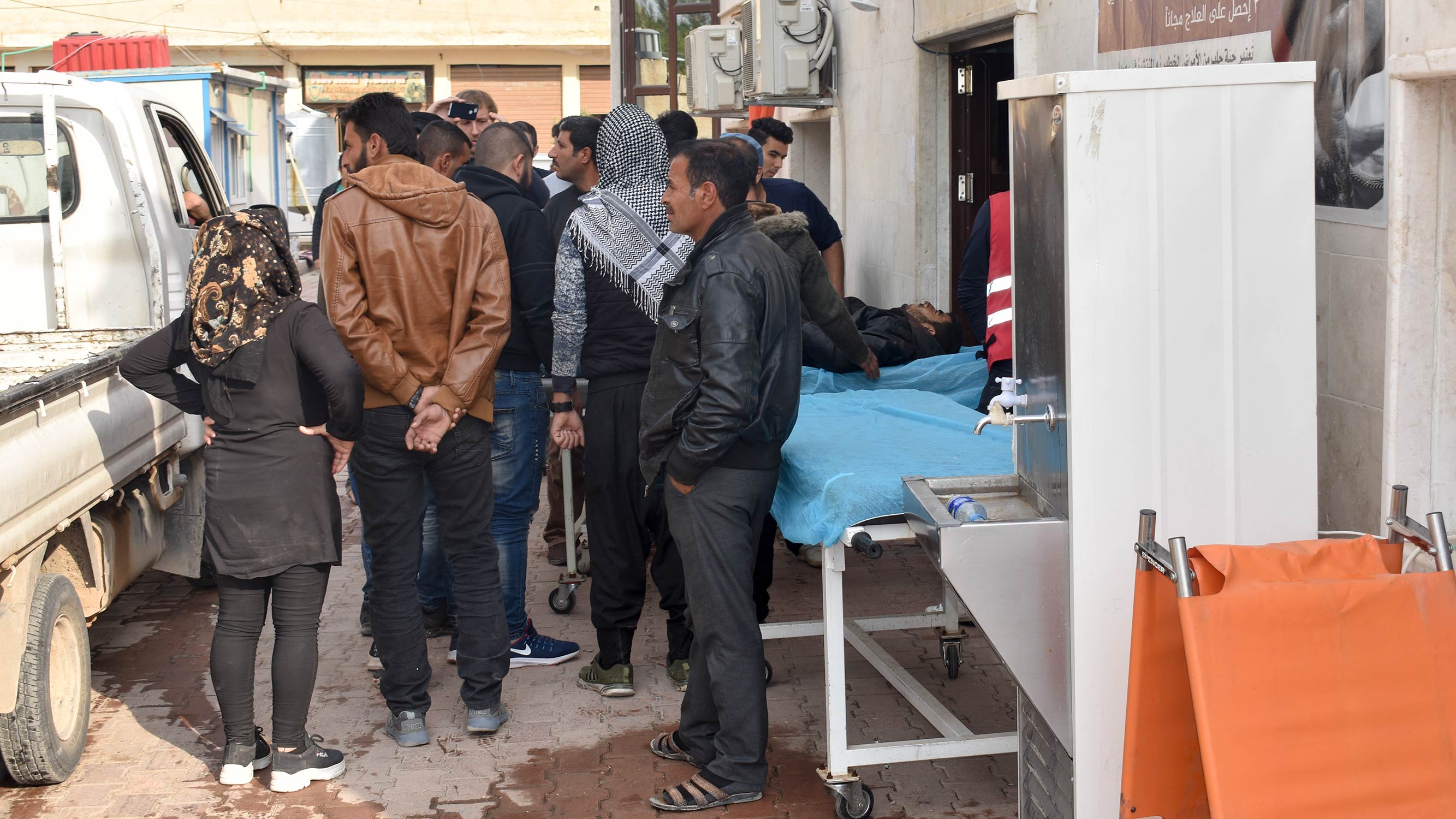

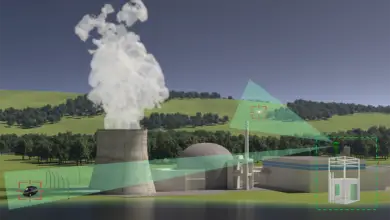

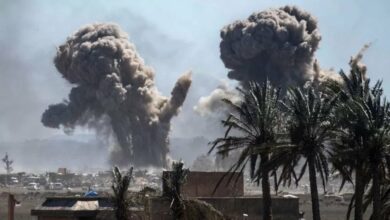

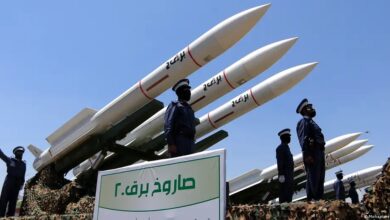
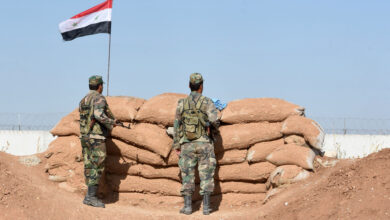
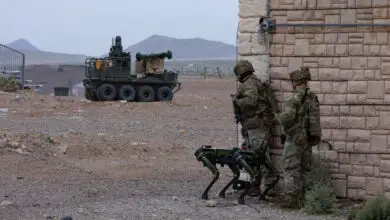
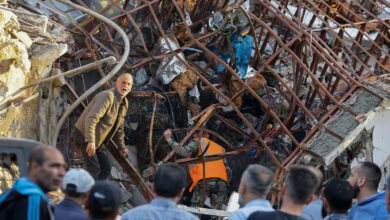


One Comment